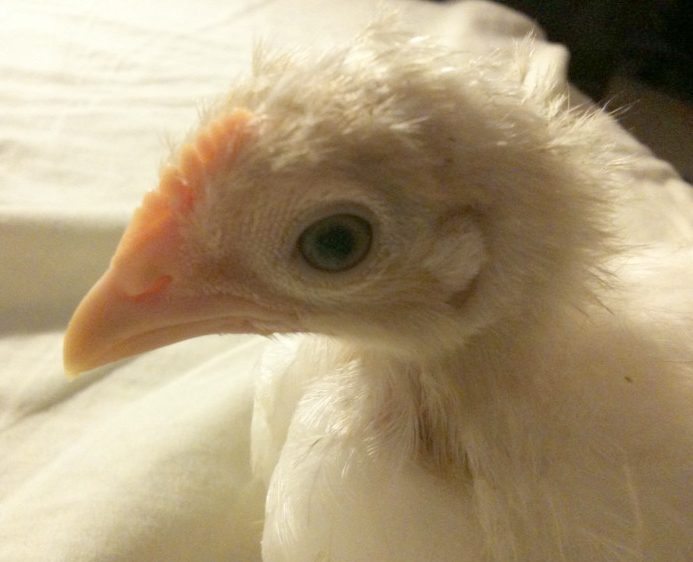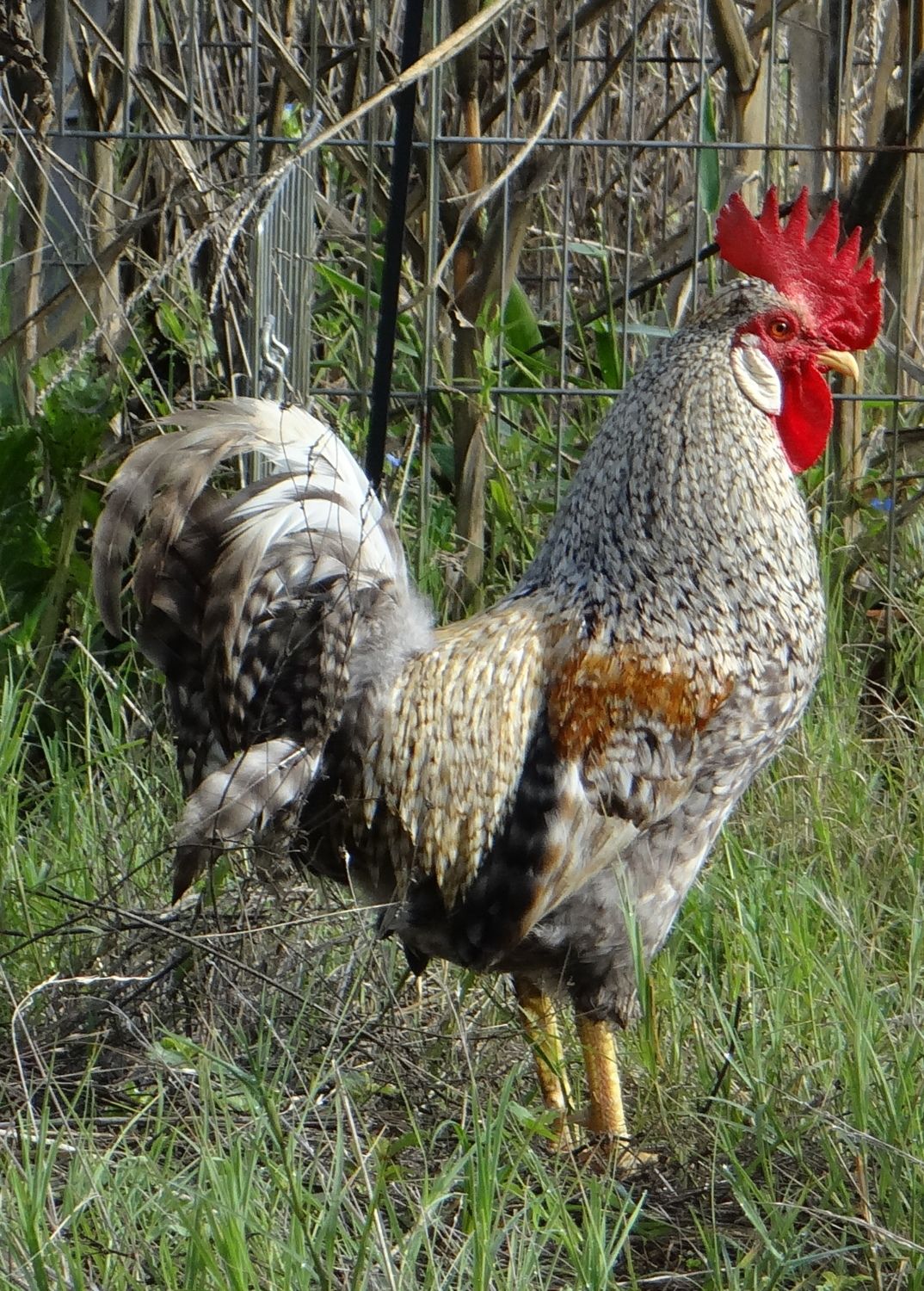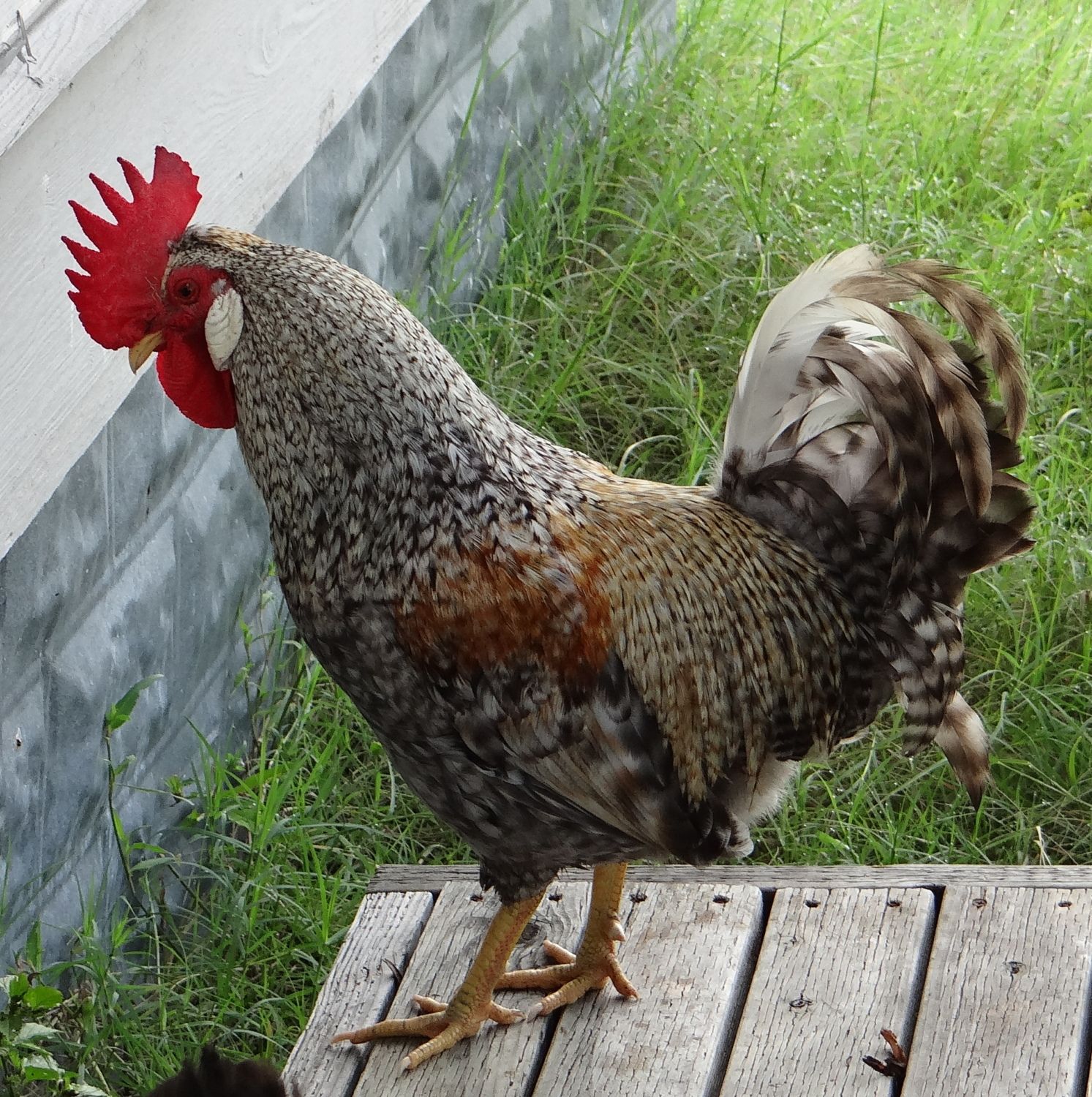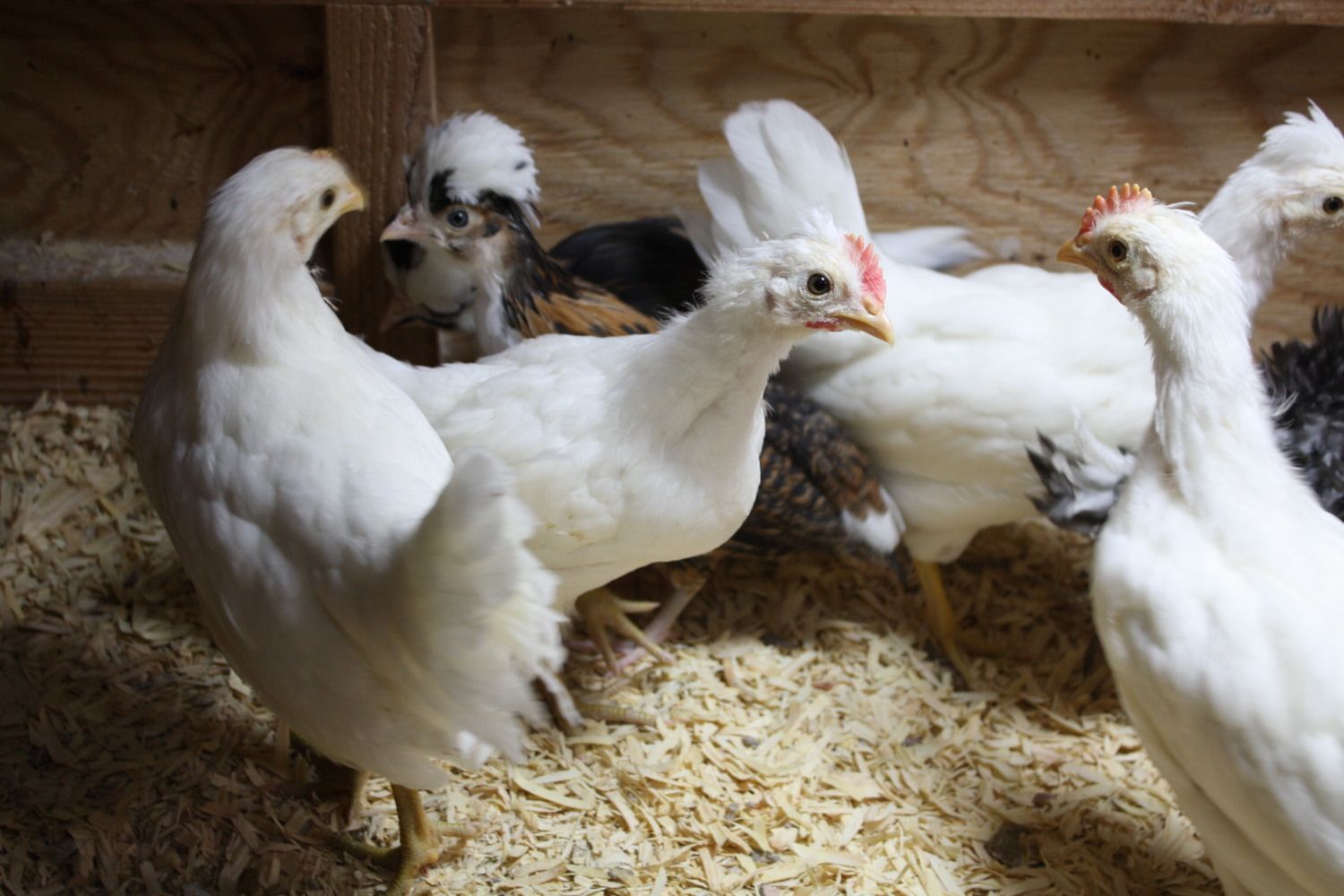Hi everybody,
I am interested in autosexing breeds because I raise Norwegian Jaerhons, an autosexing breed from Norway, so I read this forum sometimes. I found the UK SOP for the Cream Legbar and thought it might help with your discussion of the recent imports. The Legbar fanciers in the US will have to decide if they want to breed true to the country of origin or if they want to change the standard as they develop the breed here. Good Luck and I hope you don't mind me peeping in here from time to time.
Cream Legbar Standard of Perfection UK
Cream Legbars were developed in the 1930's in Cambridge by crossing Brown Leghorns, Barred Plymouth Rocks and Araucana (for the egg colour).
Cream Legbars are a pure breed of poultry, they are autosexing which means you can tell the sex of the chick at day old. They are a rare breed and are covered by the Rare Poultry Society.
They were originally called Crested Cream Legbars but this was later change to Cream Legbar.
They lay 180+ eggs per year, this is probably due to their leghorn ancestry.
The breed standard is as follows:
Origin: British
Classification: Light
Egg Colour: Blue, Green or Olive
General Characteristics:
Male
Carriage : Very sprightly and alert, with no suggestion of stiltiness.
Type: Body wedge shaped, wide at the shoulders and narrowing slightly to root of tail. Back long, flat and sloping slightly to the tail. Breast prominent, and breast bone straight. Wings large, carried tightly and well tucked up. Tail moderately full at an angle of 45 degrees from the line of the back.
Head: Fine. Beak stout, point clear of the front of the comb. Eyes prominent. Comb single, perfectly straight and erect, large but not overgrown, deeply and evenly serrated (5 to 7 spikes broad at the base), extending well beyond back of the head and following, without touching, the line of the head, free from ‘thumb marks’ or side spikes. Face smooth. Ear-lobes well developed, pendent, smooth and free from folds, equally matched in size and shape. Wattles long and thin.
Neck: Long and profusely covered with feathers.
Legs and Feet: Legs moderately long. Shanks strong, round and free of feathers. Flat shins objectionable. Toes, four, long, straight and well spread.
Plumage: Of silky texture, free from coarse or excessive feather.
Handling: Firm with abundance of muscle.
Female
The general characteristics are similar to those of the male, allowing for the natural sexual differences, except that the comb may be erect or falling gracefully over either side of the face without obstructing the eyesight, and the tail should be carried closely and not at such a high angle.
Male: Neck hackles cream, sparsely barred. Saddle hackles cream, barred with dark grey, tipped with cream. Back and shoulders cream with dark grey barring, some chestnut permissible. Wings, primaries dark grey, faintly barred, some white permissible; secondaries dark grey more clearly marked; coverts grey barred, tips cream, some chestnut smudges permissible. Breast evenly barred dark grey, well defined outline. Tail evenly barred grey, sickles being paler, some whit feather permissible. Crest cream and grey, some chestnut permissible.
Female: Neck hackles cream, softly barred grey. Breast salmon, well defined in outline. Body silver grey, with rather indistinct broad soft barring. Wings, primaries grey-peppered; secondaries very faintly barred; coverts silver grey. Tail silver grey, faintly barred. Crest cream and grey, some chestnut permissible.
In both sexes: Beak yellow. Eyes orange or red. Comb, face, and wattles red. Ear-lobes pure opaque, white or cream, slight pink markings not unduly to handicap an otherwise good male. Legs and feet yellow.
Weights
Male 2.70-3.40kg (6-7lb)
Female 2-2.70kg (4-6lb)
Serious defects:
Male's comb twisted or falling over, Ear-lobes wholly red. Any white in face. Legs other than orange, yellow or light willow. Squirrel tail.
Disqualifications:
Side sprigs on comb. Eye pupil other than round and clearly defined. Crooked breast. Wry tail. Any bodily deformity.
Scale of points:
Type 30
Colour 20
Head 20
Legs 10
Condition 10
Weight 10
100








